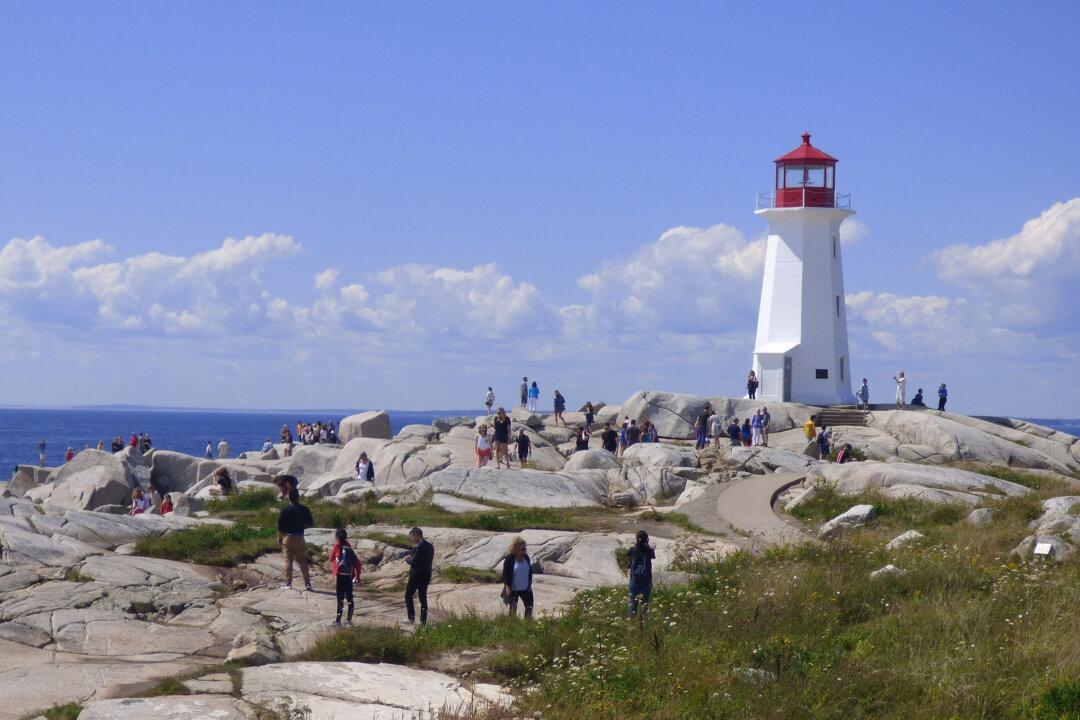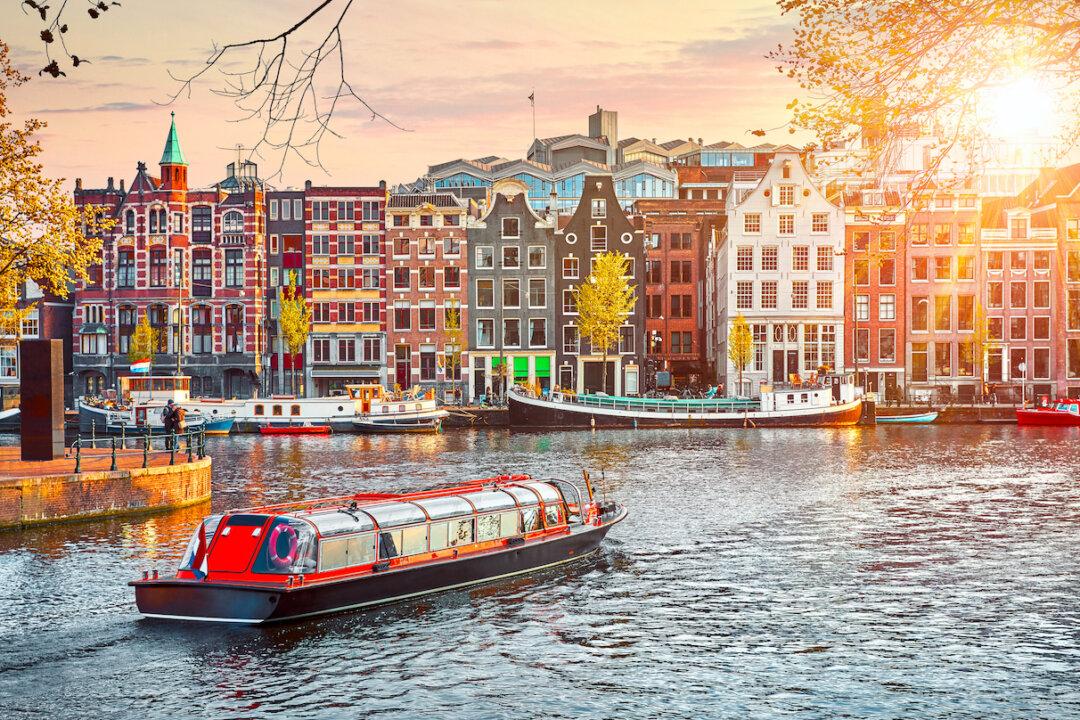The province of Nova Scotia is located at the far eastern tip of Canada on a bit of land that stretches into the Atlantic Ocean like a giant prehistoric fish with its tail and top fin extended to maximize mass. Part of Atlantic Canada along with New Brunswick, Newfoundland & Labrador, and Prince Edward Island, Nova Scotia is renowned for its stunning natural beauty, charming seaside villages, and delicious foods and wines—a veritable cornucopia of attractions for all ages and interests to enjoy.
We began our visit on the Northumberland Shore in the north-central part of the island at a hidden gem of a resort called Fox Harb'r. This exclusive, secluded luxury resort offered every amenity one could wish for, including a private airfield, world-class golf, award-winning spa, and gourmet kitchen.





